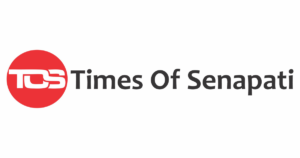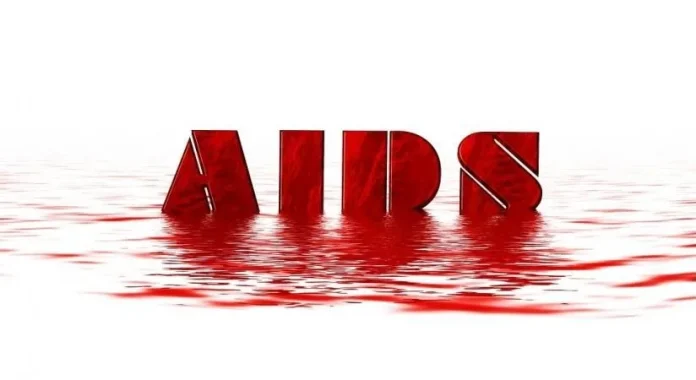AIZAWL/KOHIMA, Feb 25: The HIV/AIDS adult (15 to 49 years) prevalence rate in the northeastern states of Mizoram and Nagaland has been reported to be significantly higher than the national average of 0.20 percent, according to the latest data from the National AIDS Control Organisation (NACO). Mizoram leads with an alarming prevalence rate of 2.73 percent, while Nagaland stands at 1.37 percent, officials said on Tuesday.
These two states are far above the rates of the other 33 states and Union Territories in India. Following Mizoram and Nagaland, four other northeastern states—Manipur (0.87 percent), Meghalaya (0.43 percent), Tripura (0.37 percent), and Arunachal Pradesh (0.25 percent)—also report HIV/AIDS adult prevalence rates higher than the national average. On the other hand, Sikkim (0.11 percent) and Assam (0.13 percent) have rates lower than the national average.
Mizoram’s Health Minister, Lalrinpuii, expressed concern over the state’s high HIV prevalence rate during a meeting of the Mizoram Legislative Forum on AIDS. She described the situation as a serious challenge and urged lawmakers to take stronger action. The Mizoram Legislative Forum on AIDS is a high-level body of legislators focused on curbing HIV/AIDS prevalence and raising awareness.
Lalrinpuii emphasized the urgent need for measures to address the epidemic, given the state’s significantly higher infection rate compared to the national average. She highlighted the importance of regular blood testing and strict adherence to Anti-Retroviral Therapy (ART) medication to manage health. The Minister also stressed the role of Drop-in Centres in providing support for people living with HIV/AIDS.
Mizoram State AIDS Control Society (MSACS) Project Director Jane R. Ralte presented an overview of the state’s HIV situation, noting that by January 2025, a total of 32,287 people had tested positive for HIV, with 5,511 deaths recorded. Between April 2024 and January 2025, 1,769 new cases were detected, with 67 percent of these infections linked to unprotected sex and 30.44 percent resulting from the sharing of unsterilised syringes. Despite the high prevalence, Ralte pointed out that Mizoram had started to see some positive trends, with a decline in new infections and a significant reduction in HIV-related fatalities.
The MLAs present at the meeting reaffirmed their commitment to strengthening the fight against HIV/AIDS and agreed to allocate Rs 50,000 each from their MLA local area funds for 2024-2025. This funding will be given to MSACS to ensure uninterrupted access to antiretroviral therapy (ART) treatment for HIV/AIDS-positive individuals.
In Nagaland, the Economic Survey 2023-24 reported a total of 26,419 HIV-positive patients registered in the Antiretroviral Therapy Centre (ARTC), with 21,110 currently receiving ART. A total of 3,116 patients on ART have died. The state has 6,205 males, 6,332 females, 12 transgender/transsexual individuals, and 748 children, including 370 girls, who are HIV-positive and receiving ART.
The recent India HIV Estimates report states that approximately 25.44 lakh people in India are living with HIV. However, thanks to concerted efforts, the adult HIV prevalence in the country stands at 0.20 percent, with an estimated annual new HIV infections at around 66,400. Since 2010, new annual HIV infections have decreased by 44 percent, surpassing the global reduction rate of 39 percent.

